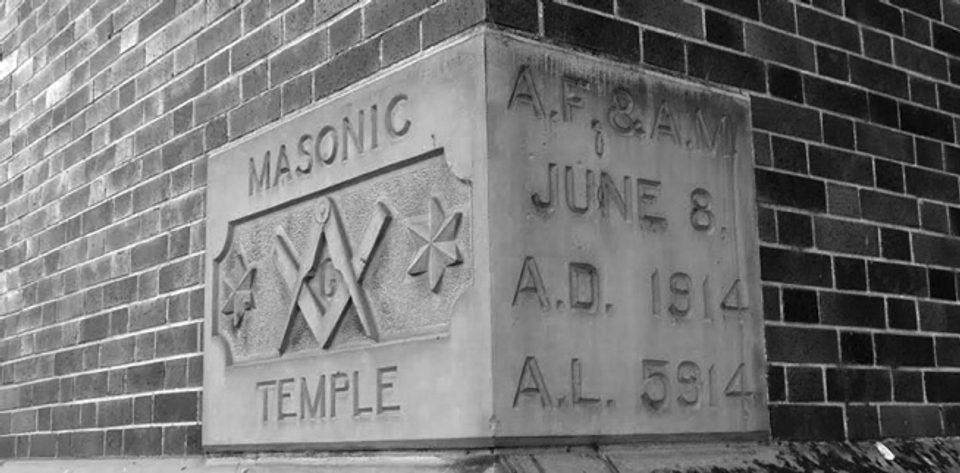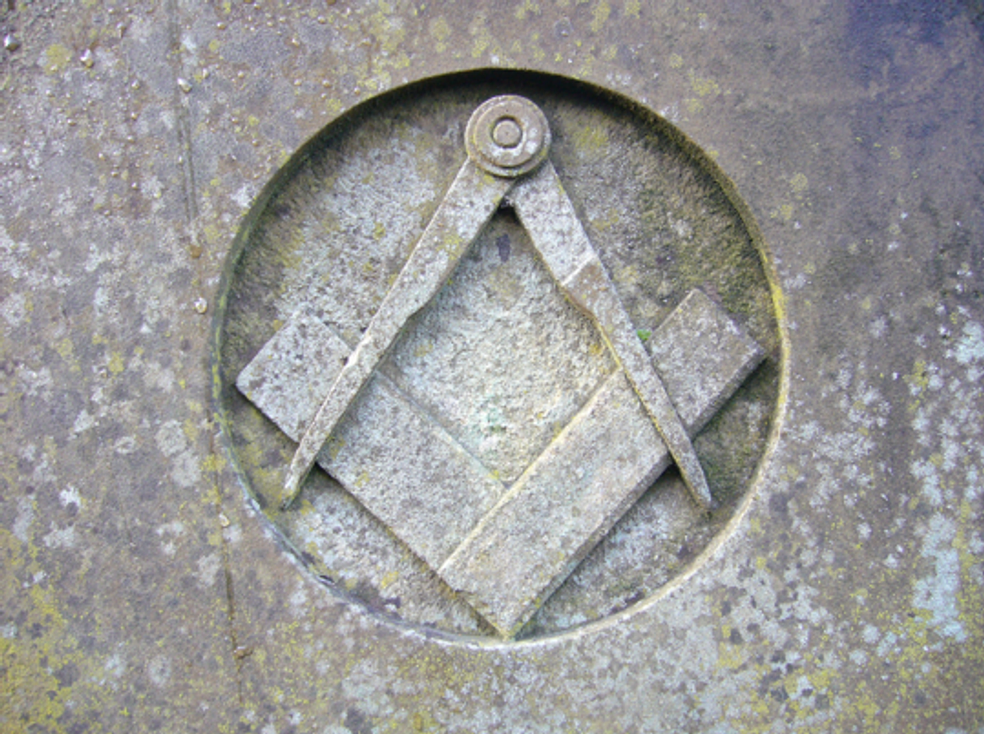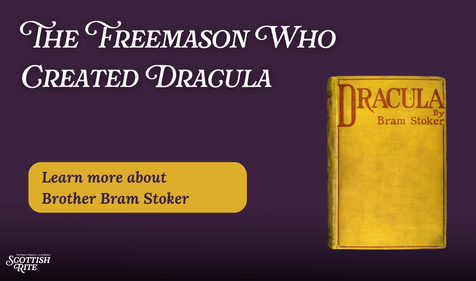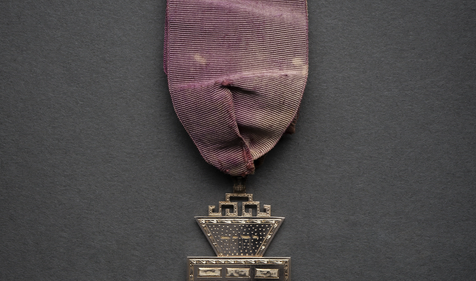Did you know that many Americans use words all the time that have their roots in Freemasonry? These terms did not become commonplace overnight, and the stories of their integration into the everyday American’s vocabulary further illustrate the influence Masonry has had on our culture.
With origins dating back to the stonemasons and cathedral builders of Medieval times, the history of Freemasonry is a long and storied one. In the United States, the values of the fraternity have resonated with men throughout the country since its founding. Today, Masons gather in virtually every town and city across the country to welcome new men into the brotherhood and help each other live by the values of Brotherly Love, Relief and Truth.
Considering the generations of men that have attended lodges in the U.S., the influence that Freemasonry has had on our culture is immeasurable. Monuments to the fraternity surround us – and not just ones made of stone either. In fact, many Americans use words all the time that have their roots in Freemasonry. These terms did not become commonplace overnight, and the stories of their integration into the everyday American’s vocabulary further illustrate the influence Masonry has had on our culture.
“On the Level”
Today, when someone refers to someone as “on the level” they probably mean they are trustworthy, sincere and balanced. In other words, to be “on the level” means having integrity. This notion of being “on the level” is also among the most basic ideas put forth in Freemasonry. It is a reference to the level, a tool used by the operative stonemasons (and still used by carpenters today) to ensure a house or structure will stand and that its floors are even and not sloped.
In Masonic ritual, the level is symbolic of equality, a concept that resides at the core of the fraternity. Residing “on the level” is a core teaching to Freemasons; regardless of position or title in life or within the fraternity, brethren must treat each other and those in their community as equals. It is for all these reasons that most lodges will end their meeting with everyone standing on the same surface. It symbolizes that we are all standing together equally and no one, no matter their position is exempted from standing shoulder to shoulder with their Brothers. An example of this can be found in the installation ceremony, in which it is stated, "From the ranks you have risen and to the ranks you shall return."
“Third Degree”
Today, when someone is “getting the third degree” it means they are being thoroughly questioned about something. While this American idiom rose to prominence in the 20th century primarily through crime novels, its meaning can be directly tied back to Freemasonry.
When Freemasonry first formed during the 1700s, it was quickly met with some resistance from the ruling class. A place for the free exchange of ideas and information, it was often outlawed or considered heresy. At Masonic meetings, it was practice to ask questions on a wide range of topics as a way to ensure that those in attendance could be trusted to hear the discussions. Furthermore, the questions were a method of testing new initiates to ensure they had attained a satisfactory understanding of Freemasonry before welcoming them as a full member.
Traces of this probing practice can be seen today in the ceremony of the Master Mason – or the third degree – which involves some question and answer by the candidate. By the 1900s, the concept was adopted by the authors of crime fiction and ultimately made its way into popular slang.
“Cornerstone”
A cornerstone – also known as the foundation stone or setting stone – is the stone that forms the base of a corner of a building, joining two walls together. It is the crucial, foundational stone of a building, integral to maintaining its structural integrity. As the figurative descendants of the operative stonemasons of medieval times, Freemasons have traditionally held special ceremonies to honor the laying of the cornerstone for noteworthy buildings. In these ceremonies, the stone is checked, using ancient tools, to be certain it is square, its edges straight and level to ensure the building has a strong foundation.

From this original definition, Americans have adopted a somewhat expanded definition of “cornerstone” beyond the literal stone itself to mean the “essential element” of something. Some common examples you may have heard include: “Trust is the cornerstone of a strong relationship” and “Vegetables are the cornerstone of a healthy diet.” It has become a versatile, regularly used word to describe something that is structurally essential.
Is Freemasonry the cornerstone of your social life? Share this blog with a Brother you think would enjoy!
Related Stories
Discover additional Scottish Rite blogs and news on this topic.
-
The Freemason Who Created Dracula: The Story of Bram Stoker
History
Read More about The Freemason Who Created Dracula: The Story of Bram Stoker
-
A Funny Remembrance: The Life of Illustrious Brother Red Skelton, 33°
History
Read More about A Funny Remembrance: The Life of Illustrious Brother Red Skelton, 33°
-
A Past Grand High Priest Jewel Made for Albert Gallatin Mackey
History
Read More about A Past Grand High Priest Jewel Made for Albert Gallatin Mackey



